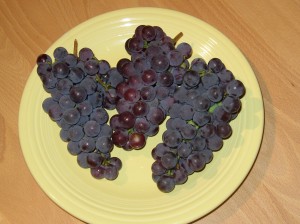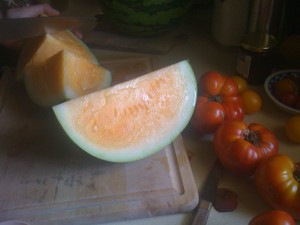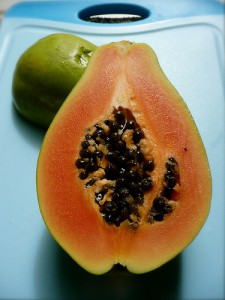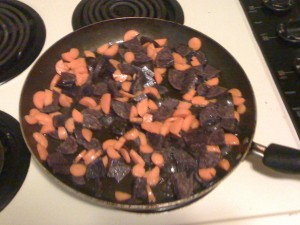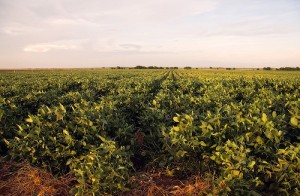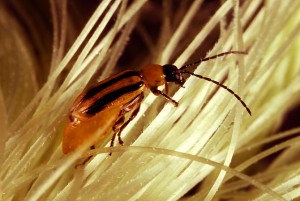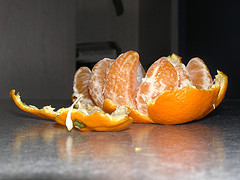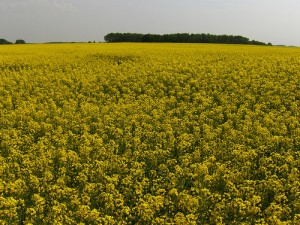
Field of Canola in Bloom. Photo: Joe Shlabotnik, flickr (click photo to view Joe's photostream)
Scientific name: Brassica napus
Genetically Engineered Traits: Herbicide Resistance.
Details of Genetic Engineering:
Two companies have produced canola that is resistant to different herbicides.
Monsanto sells canola (Roundup Ready canola) that is resistant to glyphosate, an herbicide monsanto sells under the brand name Roundup and lots of other companies sell under lots of other brand names since the herbicide itself recently came off patent (the resistance trait is still under patent.)
Bayer sells canola (Liberty Link canola) that resists the completely different, if similar sounding herbicide, glufosinate. Glufosinate is sold under a number of brand names (including, you guessed it, Liberty), but I wasn’t able to figure out whether or not it is still under patent.
About Canola:
Derived from the name “Canadian Oil” canola is an oilseed plant also known as rapeseed. The name change came in the 1970s when conventional breeding (this was approx. two decades before the first genetically engineered plants hit the market) created plants with healthier oil and without the bitter taste , and presumably someone to majored in advertising suggested that selling “Rape Oil” would be a good way to go bankrupt.
Two companies have produced canola that is resistant to different herbicides.
Monsanto sells canola (Roundup Ready canola) that is resistant to glyphosate, an herbicide Monsanto sells under the brand name Roundup and lots of other companies sell under lots of other brand names since the herbicide itself recently came off patent (the resistance trait is still under patent.)
Bayer sells canola (Liberty Link canola) that resists the completely different, if similar sounding herbicide, glufosinate. Glufosinate is sold under a number of brand names (including, you guessed it, Liberty), but I wasn’t able to figure out whether or not it is still under patent.
About Canola:
Derived from the name “Canadian Oil” canola is breed of the oilseed crop rapeseed. The name change came in the 1970s when conventional breeding (this was approx. two decades before the first genetically engineered plants hit the market) created plants with healthier oil and without the bitter taste people associated with rapeseed oil, and presumably someone to majored in advertising suggested that selling “Rape Oil” would be a good way to go bankrupt.
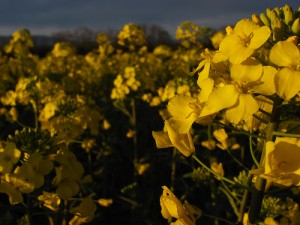
Close up of Canola Flowers. Photo: Pollobarca2, flickr (click photo to see pollobarca2's photostream)
Rapeseed (the USDA doesn’t break out separate statistics for Canola) was the third biggest source of vegetable oils around the world in 2008-2009 at 20.5 million metric tons, coming in behind only soybeans and oil palms.
Canola is the main oil I use in my own cooking. Canola is apparently one of the healthier sources of vegetable oils, but the two things I most appreciate about it are the high smoke point (it’s harder to burn the oil itself*), and low cost. Last time I checked I was able to find a 48 oz bottle of canola oil for 2.99 which was better than local prices for peanut or corn oil. (Olive oil of course comes in much smaller containers that cost $10 or more, not at all suitable for graduate students.)
*Good for someone who is both as indifferent a cook, and as easily distracted as I am.
